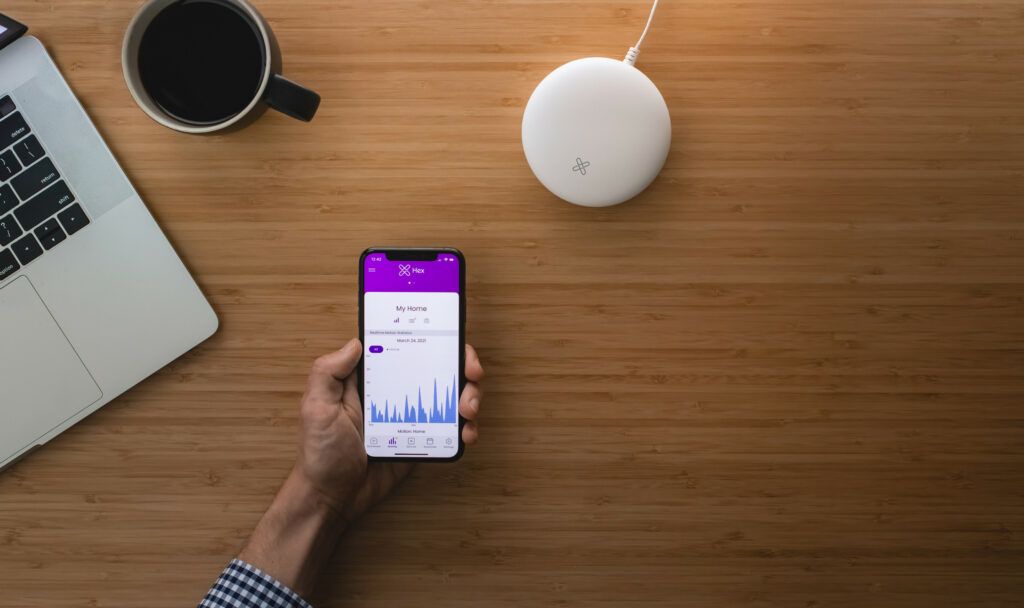The difference between having a verified alarm and a non-verified alarm can mean the difference between the loss of precious valuables or catching a burglar in the act.
According to the United States Department of Justice, over 94% of all alarm triggers are false. This places law enforcement in an incredibly difficult position: how do they know that an alarm call they receive is a real emergency or yet another false alarm? Verified alarms eliminate doubts, ensuring a fast emergency response spurred by their knowledge of the urgent situation.
What is a Verified Alarm and How Does it Work?
Verified alarms connect to your security system and allow professional monitoring centers (trained personnel) to confirm that intruders are present, and that emergency response is needed before police are sent to a location.
When an alarm is triggered or activated, the monitoring center and the alarm owner are notified. The monitoring center will work to contact the homeowner to better understand the situation. If they confirm an emergency or are unable to get ahold of the homeowner, the monitoring center immediately contacts police dispatch, explaining the situation and making sure help is on its way.
Verified alarms empower law enforcement and emergency responders with all the information they need to arrive on the scene quickly and prepared.
The Benefits of Verified Alarm
- Faster, prioritized emergency response: Due to the high volume of false alarms that come through daily, many police departments only respond to verified alarm calls. This became standard nationwide during the pandemic, when departments were trying to limit in-person exposure. Verified alarms lead to priority, prompt response from law enforcement and first-responders, which can be critical in events where every second matters.
- Better use of resources: Non-verified alarms put a strain on limited police and emergency resources. Verified alarms reduce the number of false alarms, allowing law enforcement to better manage their limited resources, which leads to increased community safety. Alarm verification has led to dramatic increases in criminal apprehension rates, and a significant reduction of losses.
- Added layer of security: While the presence of a home security system on its own can deter criminals, a verified alarm system secures your home even further, protecting against break-ins and offering peace of mind when you’re away from home. In the case of WiFi Sensing systems, it can also provide urgent care if it detects that an elderly loved one has fallen, alerting paramedics and providing crucial information on their status.
WiFi Sensing Takes Verified Alarms to the Next Level
Many verified alarm systems rely on visual surveillance camera footage, which is standard in many businesses but can be invasive and an infringement of privacy within a home. Audio verification is also limited in its effectiveness – if a person needs help but is unconscious or unable to speak, they will not receive an urgent response; or, if an intruder is able to imitate the homeowner’s voice, they can avoid police apprehension.

WiFi Sensing has ushered in a new age in verified alarms. The highly accurate detection technology harnesses existing WiFi waves to monitor for movement. It can see through walls and around corners, so there are no blind spots like traditional motion sensors. Not only can WiFi Sensing determine that an event has occurred (a break-in or a fall), but its AI-driven technology can then discover what happens after: is the intruder still in the home? Is the person still on the ground and are they breathing? Being able to send this level of detailed information to first responders will help them take proper action. The Hex Home security system uses WiFi Sensing technology and will soon offer professional monitoring verification services that guarantee a new level of safety and support.
Seek out a verified alarm system to protect your home or business today. We hope that as more people adopt these systems, crimes will be prevented and lives will be saved.
To learn more about the applications of WiFi Sensing for Home and Health, be sure to check back in for our next blog!


